Why Endangered Species Matter
Thursday, February 28th, 2019This is Passport to Texas
The Edwards Aquifer Habitat Conservation Plan outlines necessary strategies to ensure the survival of rare, threatened and endangered species that depend on the Aquifer and the San Marcos and Comal Rivers…while permitting continued use of the resource by the public.
There’s federal law requiring this, but it’s the right thing to do in terms of protecting the resource for all of us into the future.
Cindy Loeffler is water resources branch chief at Texas Parks and Wildlife and one of the architects of the protection plan. Convincing people to do the right thing based on the needs of a rare species they may never see can be a hard sell.
The plan includes ongoing water conservation, removing invasive species, and declaring a portion of the San Marcos River a state scientific area. Doing so would make it illegal to uproot endangered Texas Wild Rice.
Loeffler says these protected species are indicators of a healthy ecosystem—and that benefits everyone.
By providing these protections for these species, that helps ensure that the San Marcos river, the Comal River will keep flowing. Keeping these springs flowing is really at the heart and soul of the work done by the recovery implementation program. And so that benefits the species, of course, but also benefits people as well.
Find a link to the plan’s website at passporttotexas.org.
The Wildlife Restoration Program supports our series.
For Texas Parks and Wildlife…I’m Cecilia Nasti.
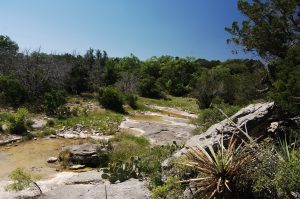

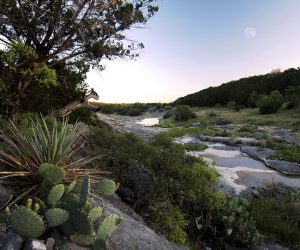
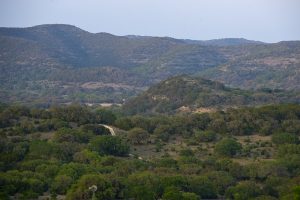
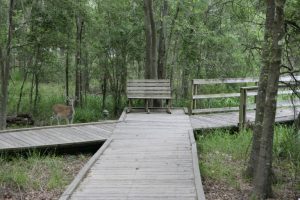
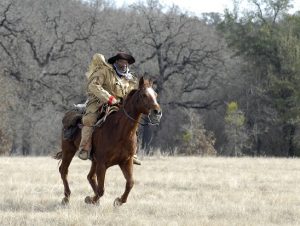

 Passport to Texas is a
Passport to Texas is a  Passport to Texas is made available by:
Passport to Texas is made available by: